Best Deadlift Warm-Up: How to Increase Deadlift Weight Safely
Warming up properly for a deadlift not only helps you feel better while lifting, but it’s also a great way to prevent serious injuries.
Deadlift warm-ups can be as simple as light cardio to increase your heart rate. That said, it’s usually best to make your warm-ups exercise-specific.
And since deadlifts are a full-body exercise, you’ll need a warm-up that covers all of your bases! Working across multiple muscle groups will get you physically and mentally prepared for your heavy lifts.
In this article, we’ll cover the simple warm-up techniques: dynamic stretching, muscle activation, and reduced load warm-up sets that you should be using each time you deadlift.
How Do I Warm Up for Deadlifts?
Take a look at what specific exercises to work into each stage of your warm-up and why these moves are perfect to get things going for your deadlifts.
See how to prepare your muscles, joints, and nervous system for heavy lifting while keeping your injury risk down.
This simple step-by-step guide will help you warm up properly for a deadlift:
1. Dynamic Stretching and Mobility (5–10 minutes)
- Hip Circles: Rotate your hips and trunk in a circular motion to loosen up your hip joints. You can make the circles as big or small as you want, but try to challenge your range of motion.
- Leg Swings: Swing your legs forward and backward and side-to-side to loosen the hamstrings and hip flexors. You can also do leg circles lying down, focusing on moving your femur bones (upper leg bone) through your hip socket in a full circle.
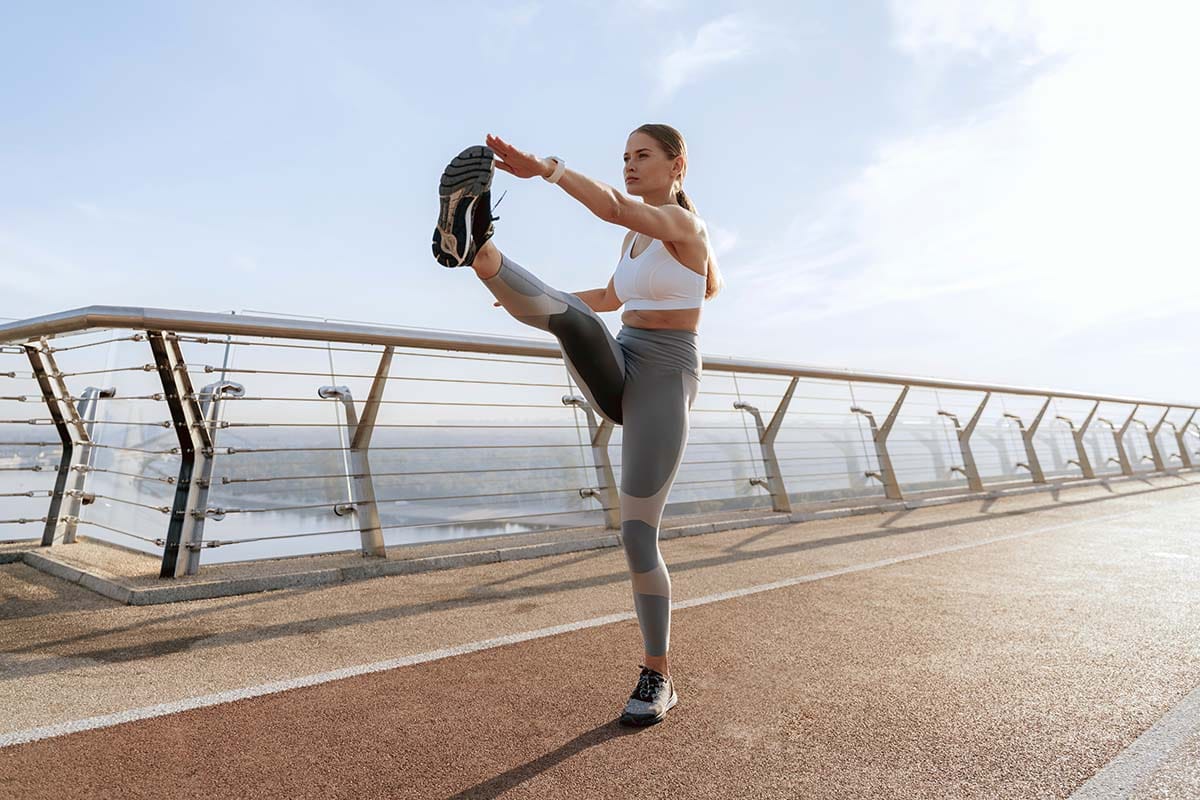
- Arm and Shoulder Circles: Your arms and shoulders are just as important as your legs in a deadlift. They’re the ones carrying your weight and you don’t want to tire them out! Make large circles, rotating your arms in the shoulder joints to open up this pathway for your body. Here, you can also swing your arms across your body for an additional chest warm-up.
- Cat-Cow Stretch: From your hands and knees, flex and extend (arch and round) your spine in opposite directions, focusing on slow articulations that start from your tailbone. This will help you improve your back mobility, keep your posture, and reduce injuries to your lower back in a deadlift.
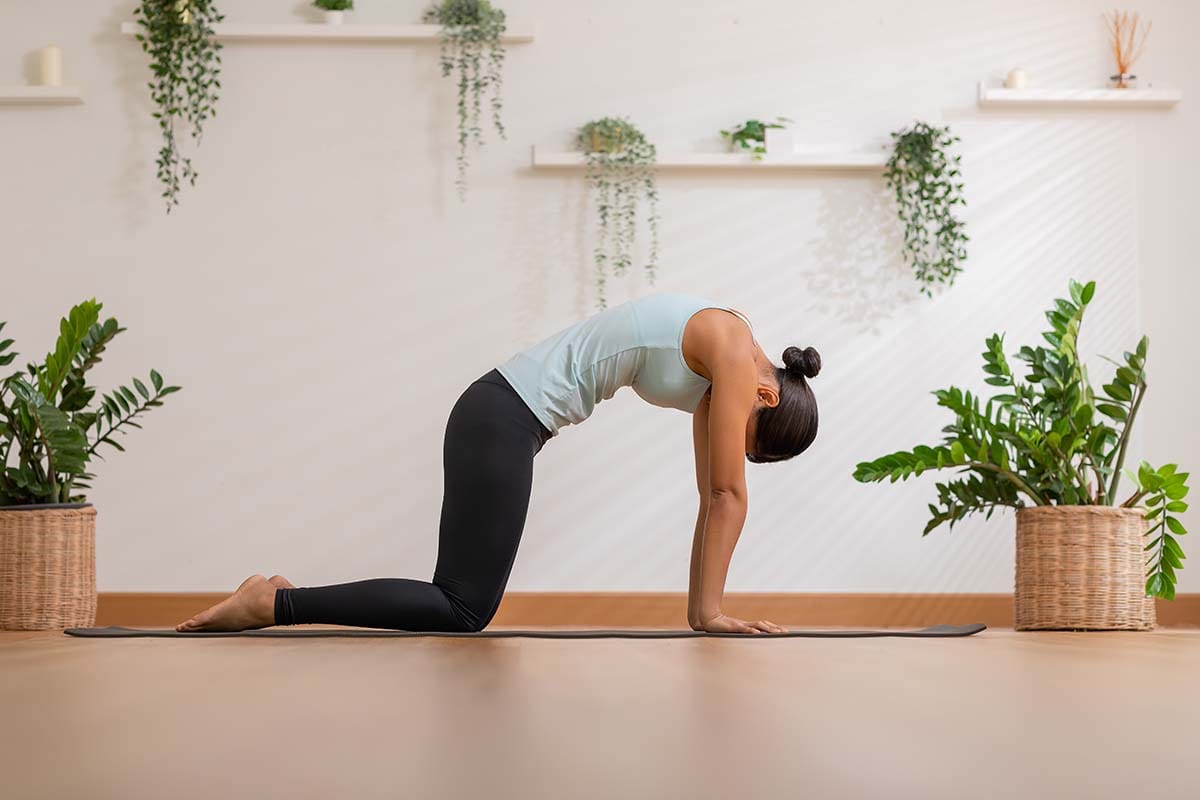
- Hip Flexor Stretch: Stretch out your hip flexors to prepare for the hip hinge movement. You can do this with a low lunge or catch the top of your foot behind you while standing on one leg to open up the hip flexors and quads.
2. Muscle Activation Exercises (5 minutes)
- Glute Bridges (2–3 sets X 10–12 reps): Squeeze your glutes and hamstrings in a bridge to help you drive with your hips and improve your deadlift lockout. You can do this move with light resistance bands if you have trouble feeling your glutes contract.
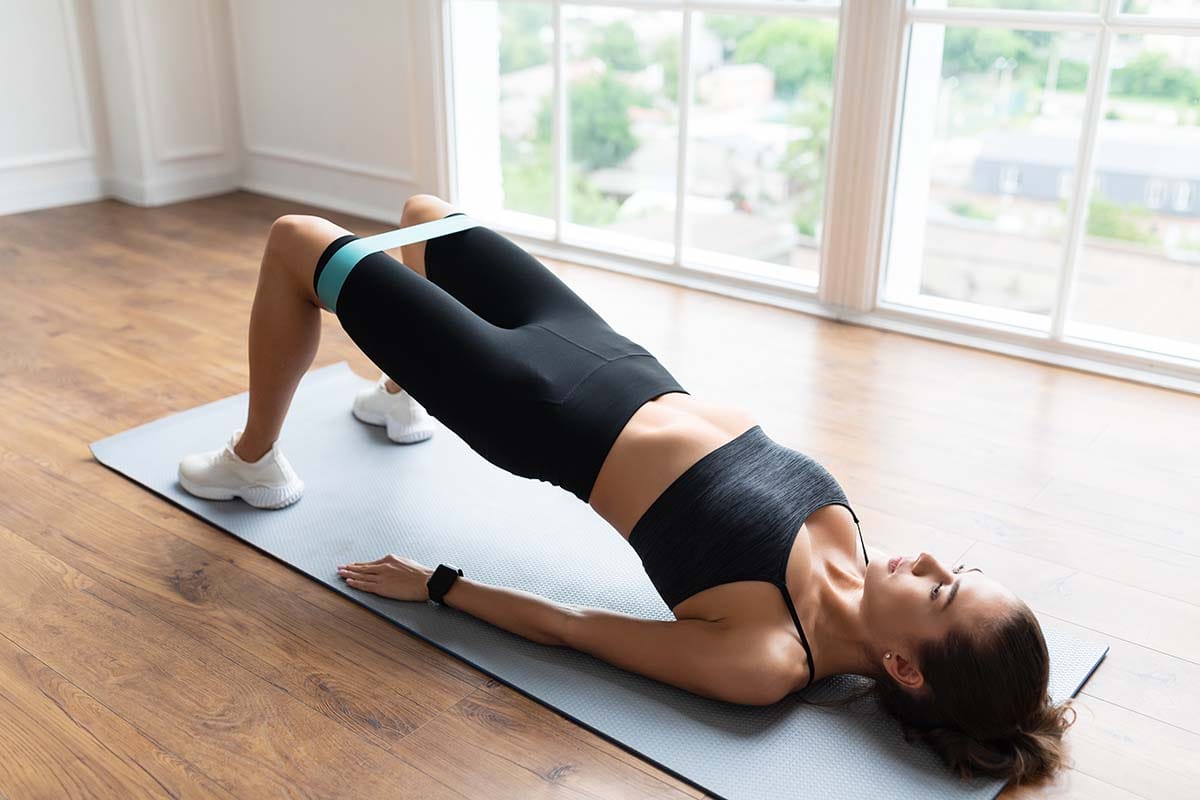
- Bodyweight Squats (2–3 sets x 10–12 reps): To get your leg muscles fired up, a bodyweight squat is a good way to practice proper form and think about joint alignment.
- Plank Holds (2–3 sets X 30 seconds): Your core is hard at work during a deadlift so working on your planks will help keep you stable.
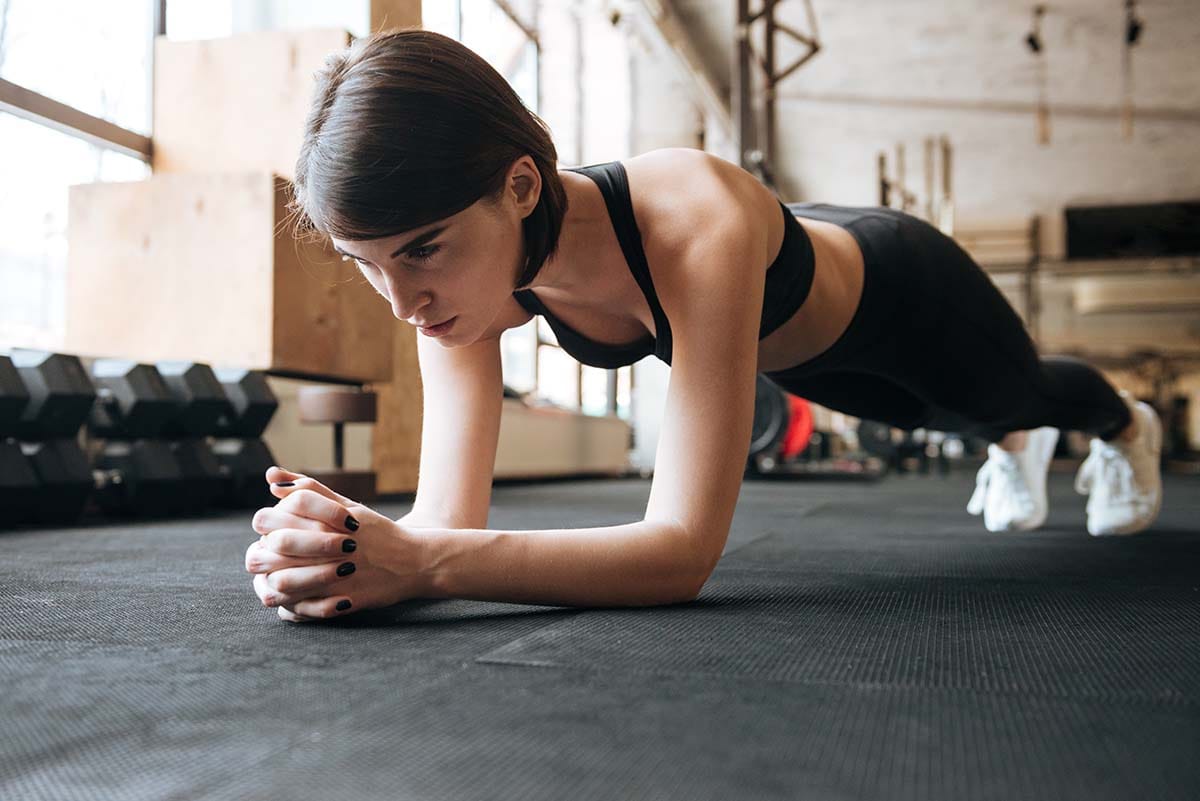
3. Warm-Up Deadlift Sets (10 minutes)
- Empty Barbell (1–2 sets X 8–10 reps): Lifting just the bar, focus on your form and work through the hip hinge part of your deadlift. On each rep, challenge yourself to think about a different component of your lift: the hip hinge, back and core engagement, and squeezing your glutes at the top to extend your hips.
- Light Weights (1–2 sets X 5–8 reps): Slowly increase your weight to about half of your working set weight. Make sure you can do these light lifts with perfect form.
- Heavier Sets (1–2 sets X 3–5 reps): Start to add weight so you get to about 70–80% of your target weight. Here, you’re priming your muscles and nervous system for your heavier lifts of 1RM without overwhelming or exhausting your body.
Pro Tips About Deadlift Warm-up
- Perfect Form: Focus on your hip hinge and keep your spine neutral as you warm up. Mastering this technique starts to create a pattern in your mind. When you progress to heavier weights, it will become second nature for you to work with good alignment if you do it in your warm-ups.
- Visualize Your Muscles at Work: Especially in your lightweight sets, try to create a mental image of what muscles you want to feel working at each point in your deadlift. Most of us struggle with A) getting the barbell up off the floor or B) fully extending the hips at the top of a deadlift (proper lockout). If you have either of these “sticking points” it’s a good idea to devote extra attention to thinking about what should be happening with your muscles at these steps of your lift.
Do You Need to Cool Down After a Deadlift?
Yes!
Recovery is always a good idea after any workout or heavy lift.
Muscular recovery and stretching allow your brain to process the work your body has just done, and let your muscles dispose of waste accumulated during a workout like lactic acid buildup.
It also allows your muscles to lengthen, which increases flexibility and mobility and leaves you less likely to get injured.
Here are three simple cooldown stretches you can do after deadlifting:
1. Standing Hamstring Stretch
Extend one leg in front of you, hinge from your hips and try to bring your body toward your extended thigh, reaching for your toes. Hold for 20–30 seconds, then switch legs. You can bend your supporting leg if you need to.
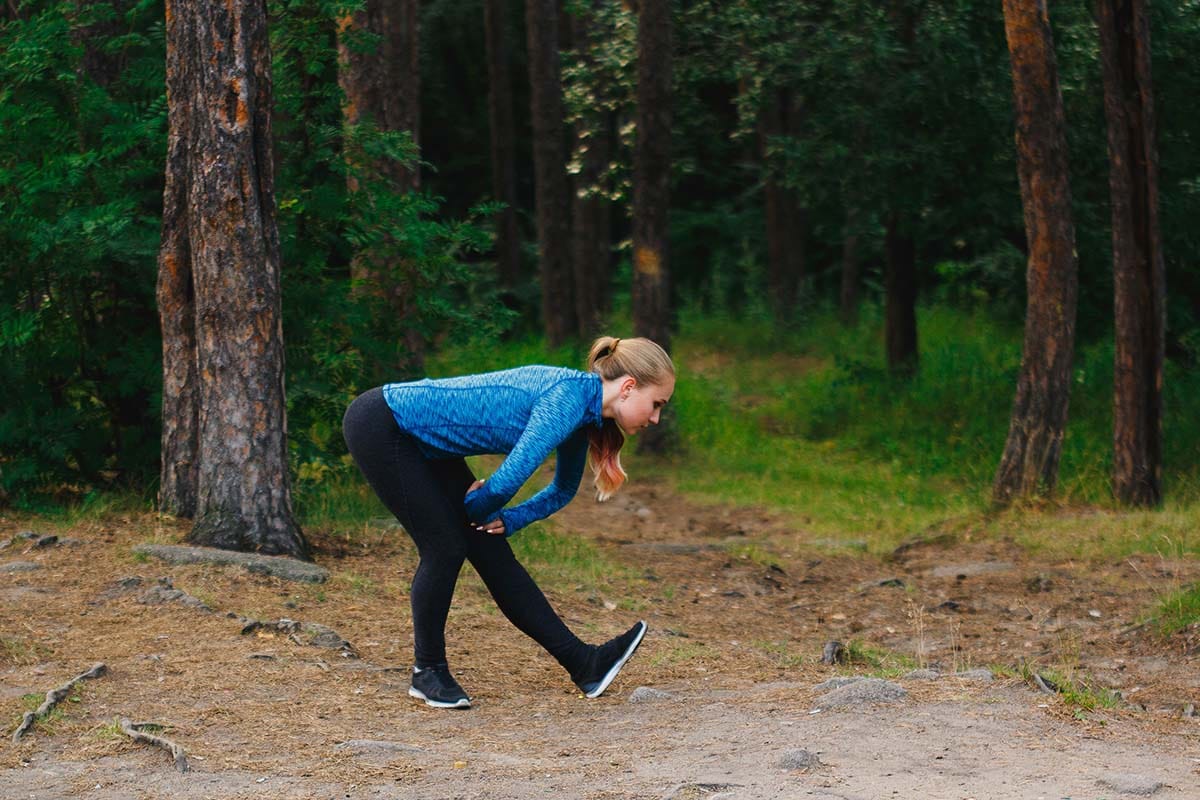
2. Figure Four Stretch
Sit down or lie on your back and cross your right ankle over your left thigh, pulling the left leg in towards your body to open up your hip and glute muscles. Hold for 20–30 seconds, then switch sides.
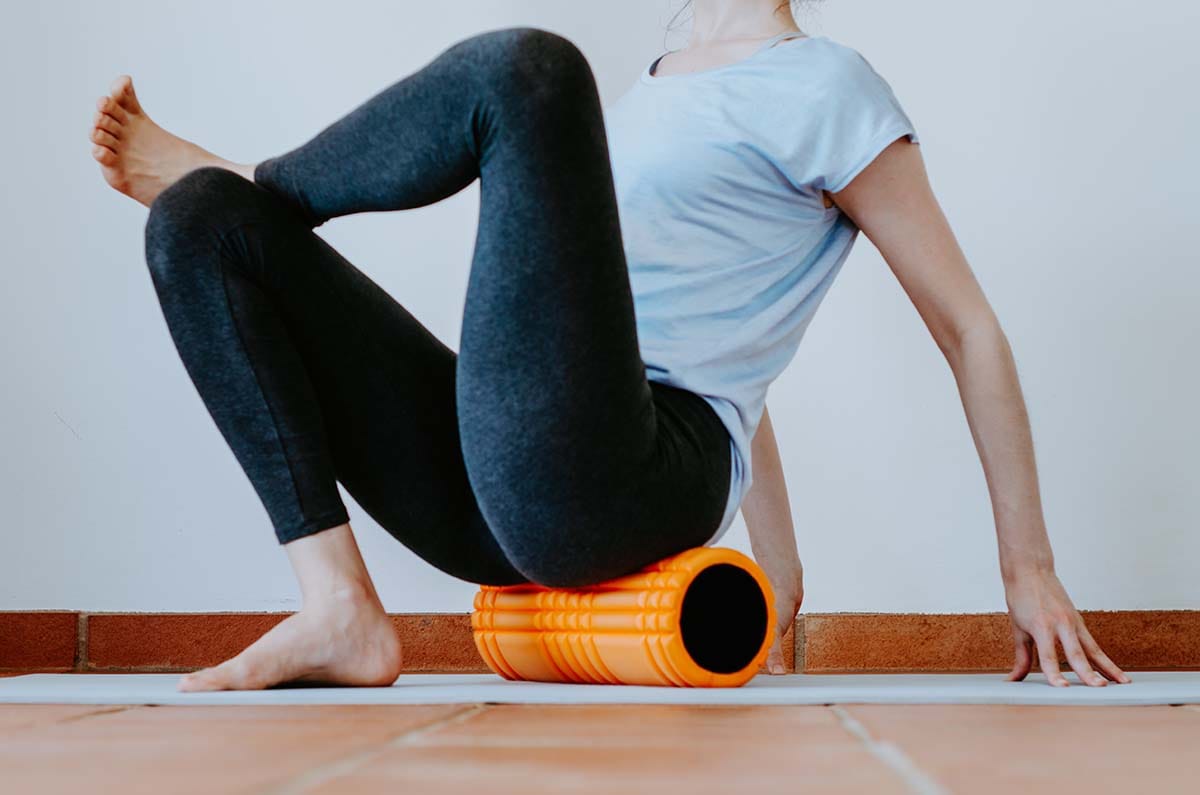
3. Child’s Pose
Kneel on the floor and sit back on your heels, then stretch your arms forward, lowering your chest to the ground. Hold the stretch for 30 seconds or as long as you need to relax your lower back and lats.
Deadlift Warm-Up— FAQs
This combination of dynamic stretching, muscle activation, and gradual warm-up sets prepares your body for optimal performance in deadlifting.
Can I Deadlift Without a Warm-Up?
You can but should you? Probably not if you don’t want to get hurt!
Remember, you can always deadlift light weights as a warm-up for deadlifts with heavy weights. Even lighter cardio works as a warm-up in a pinch, but it’s not a great idea to do heavier lifts with cold muscles.
Dynamic stretching is a good way to ensure that your muscles understand that they’re going into active workout mode. To understand more, you can read our article on the differences in dynamic vs. ballistic stretching: Is Ballistic Stretching Safe.
That being said, it’s not a good idea to attempt a heavy deadlift with no warm-up.
What happens if you work out without warming up?
You’re putting yourself at a high risk of injury. The dangers of skipping a warm-up can include everything from exhaustion and feeling too lazy to workout to muscle tears, strains, or injuries.
Deadlifts, squats, and other heavy lifts require a fair bit of prep work since you’re likely working with close to a maximum muscular load.
Even a short warm-up like 5 minutes on a treadmill or Stairmaster work in a pinch. But if you’ve got enough time in the gym, it’s always best to do exercise-specific stretches and warm-ups like the ones highlighted above.
How Do You Warm Up for a 1RM Deadlift?
It’s pretty much the same as warming up for any heavier deadlift only your weight lifted may vary.
A common way to do this is using an increase in weight for each of your sets until you get up to your one-rep max weight.
You can think of it as a similar strategy to a reverse drop set method, where rather than dropping weight each set, you increase your weight instead and your last set goes to failure.
The main difference here is that instead of lifting to failure on your last set, you’d perform or attempt your one-rep max.
Big Picture
Don’t skip a deadlift warm-up unless you want back pain and other injuries!
Although it’s tempting to dive right in and warming up can feel tedious, it’s all part of the game. There’s a reason all the greatest athletes that you know praise their coaches for building solid warm-up routines.
This is how you stay injury-free and lift for longevity.
For some simple progressions, use unweighted deadlifts to work up to your one-rep max and continue to progress to heavier weights. It’s a good idea to keep track of your deadlift weights with the help of the Flex Fitness app so you’re able to perform heavier lifts each session as you gain strength.
Make sure to cool down just as enthusiastically as you warm up and you’re setting yourself up for success and deadlift longevity!
Related articles


Get fit with Flex
Build muscle & lose weight fast for free.
Available on iPhone + Apple Watch





